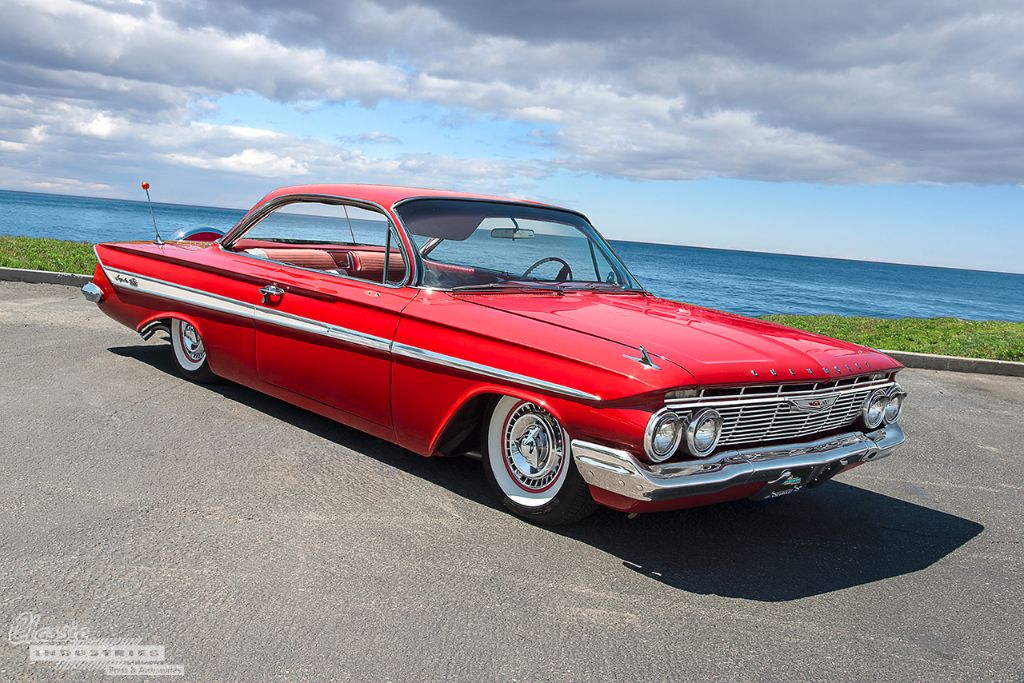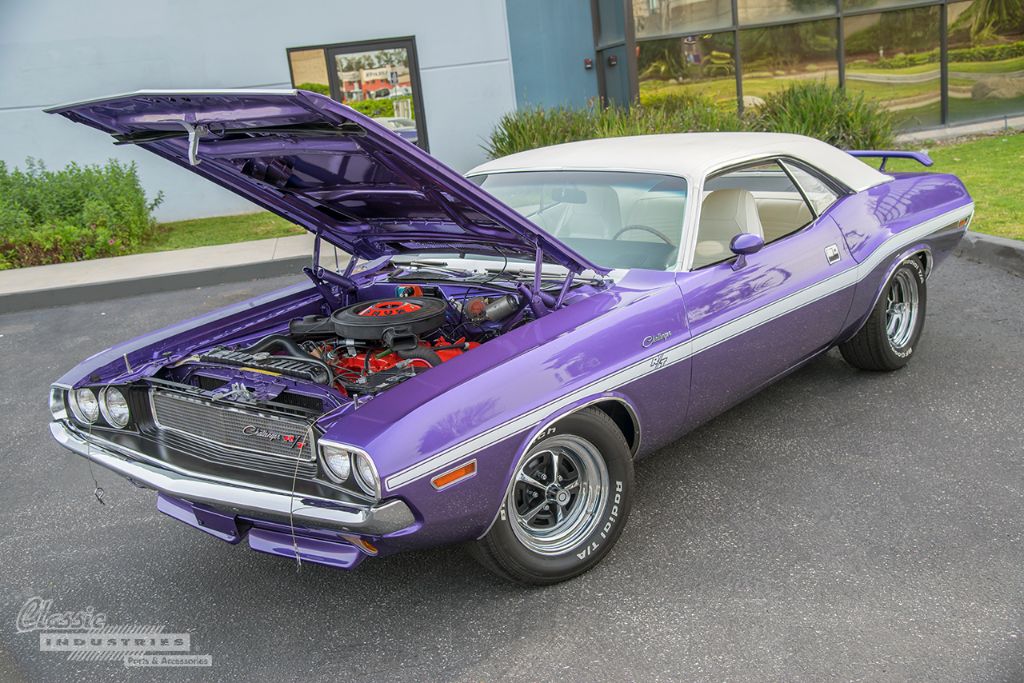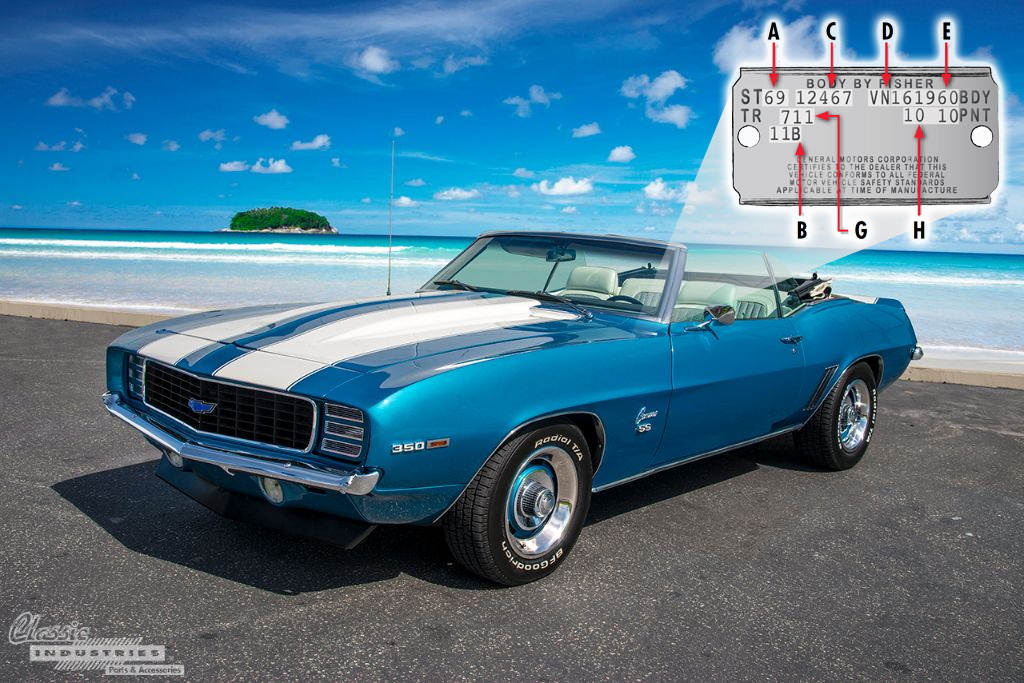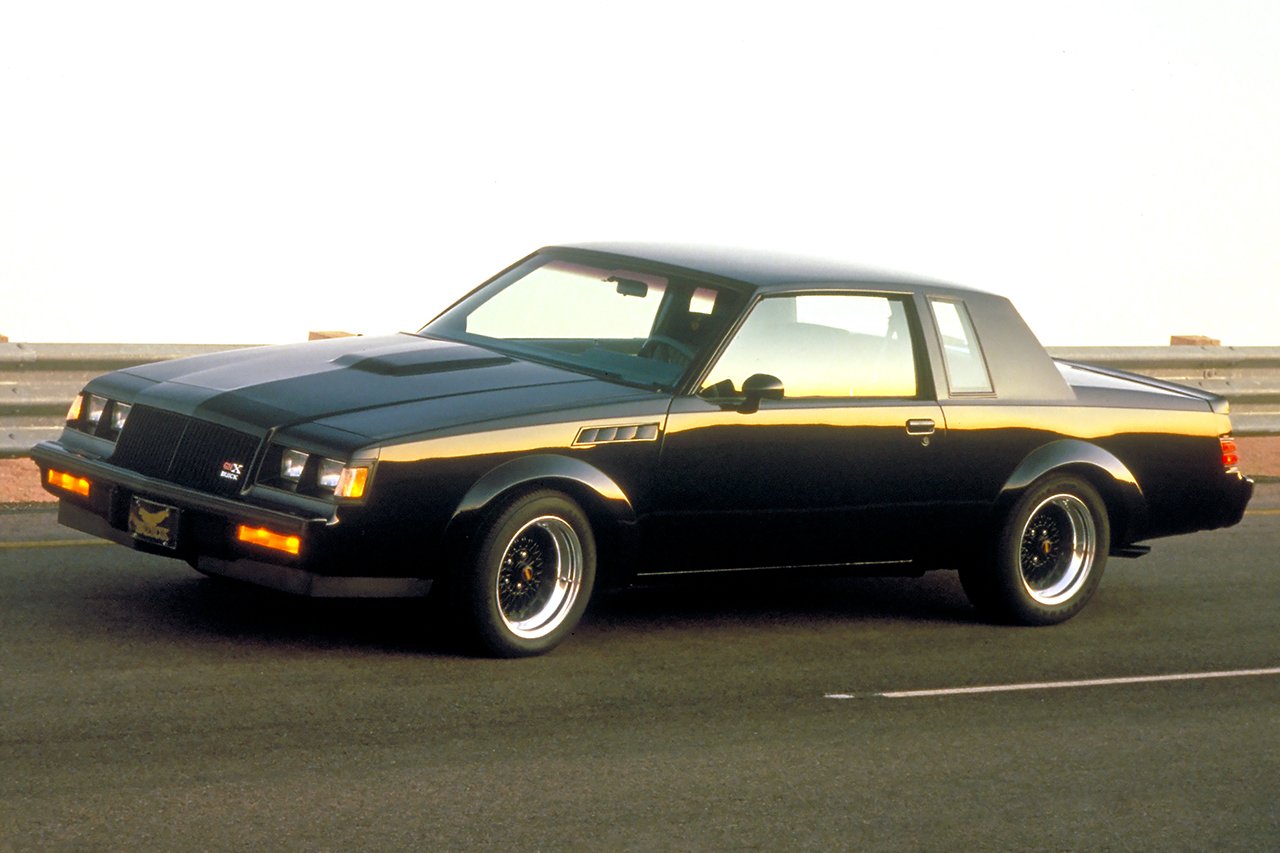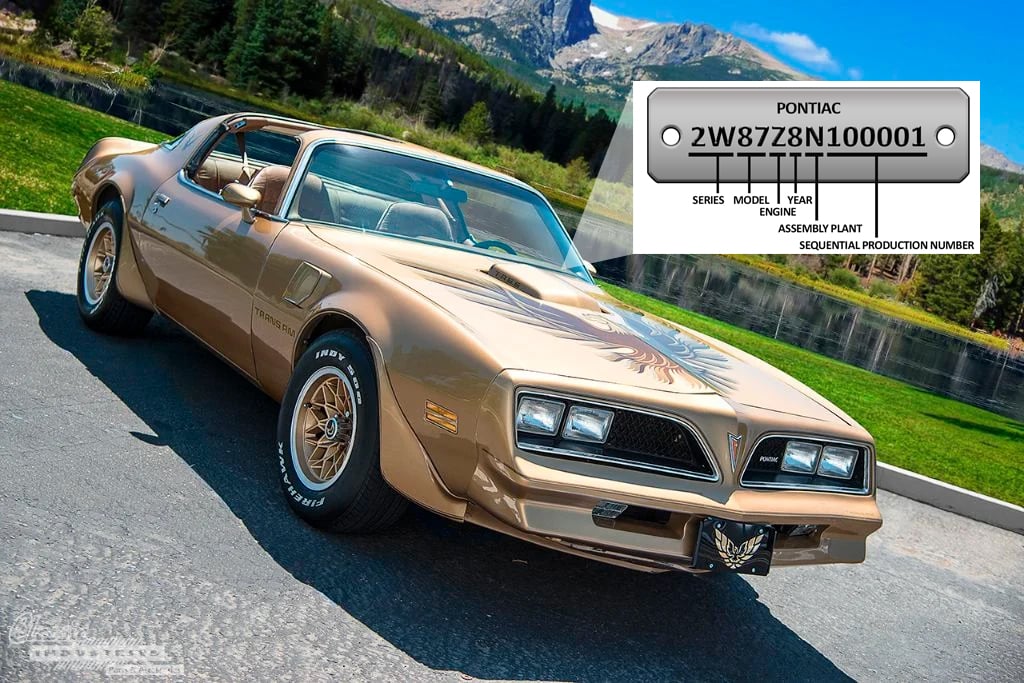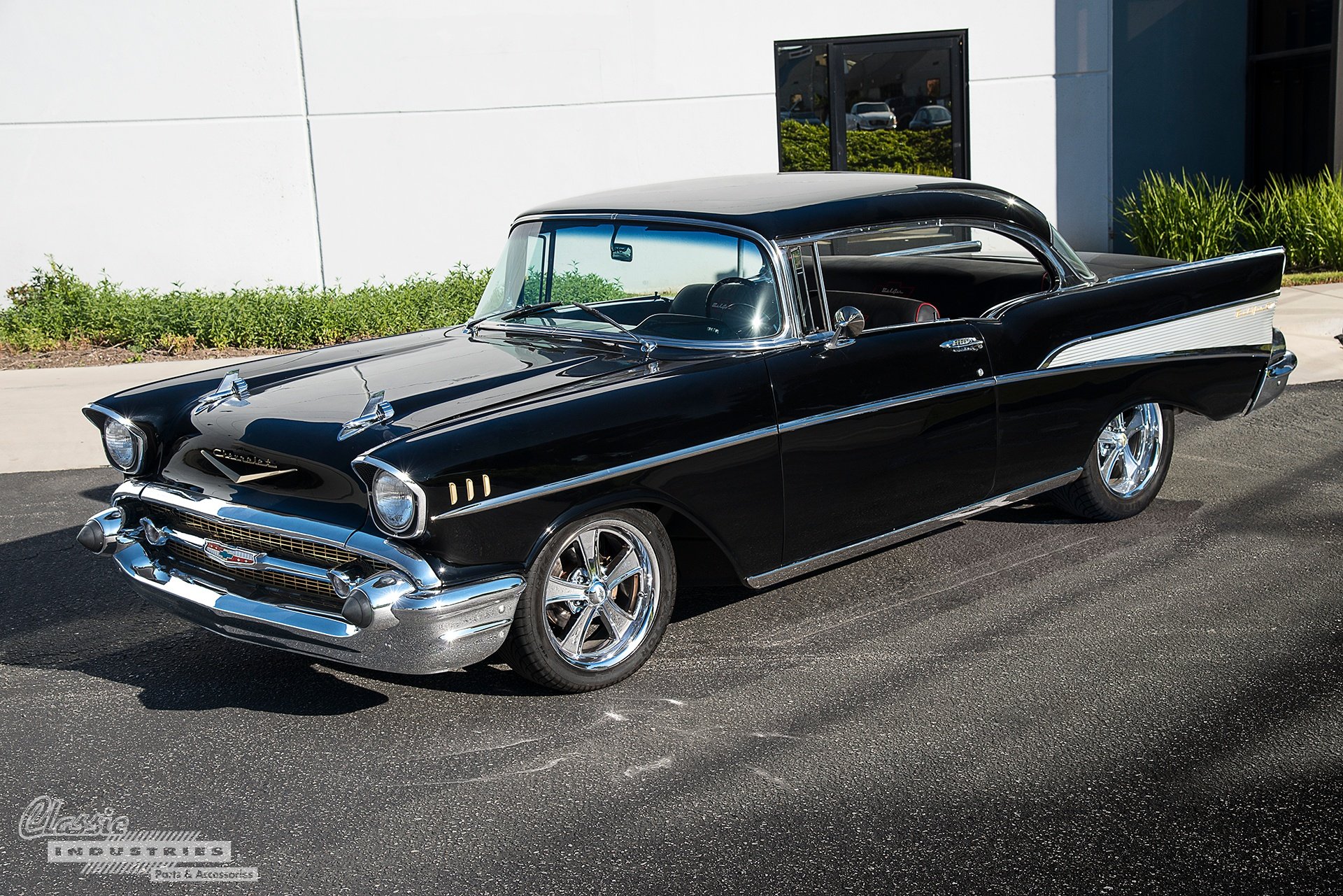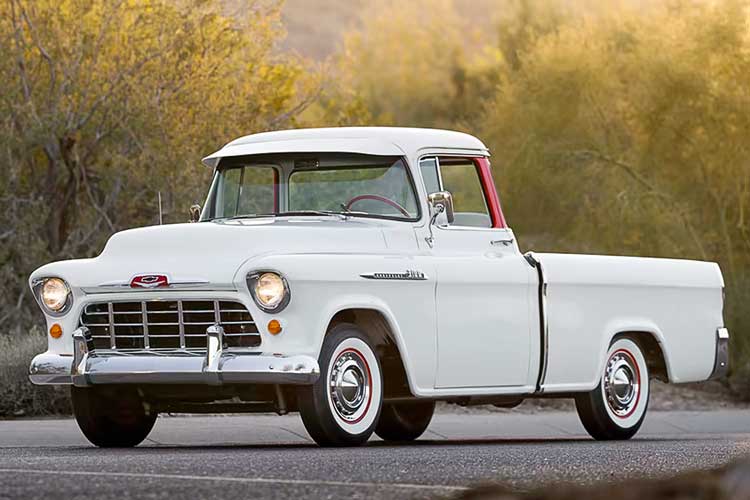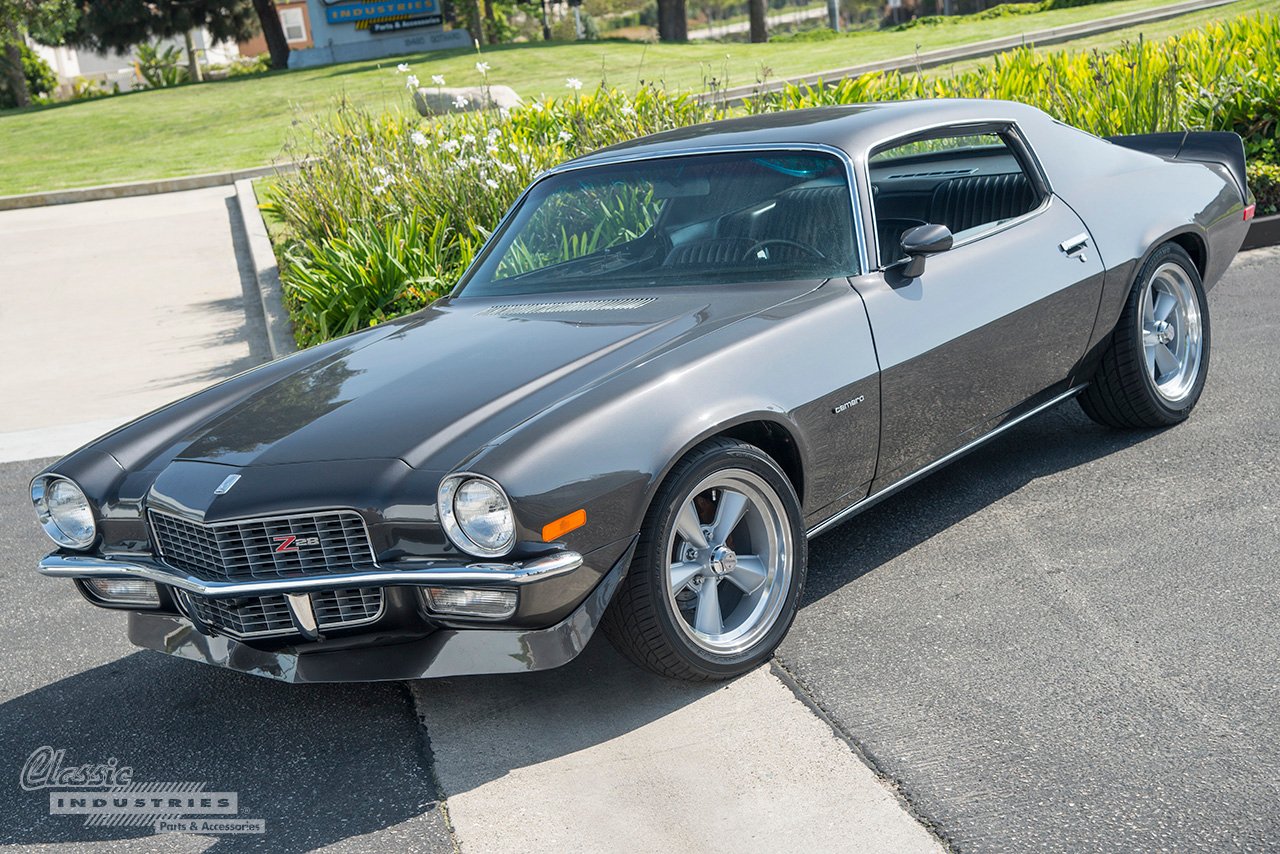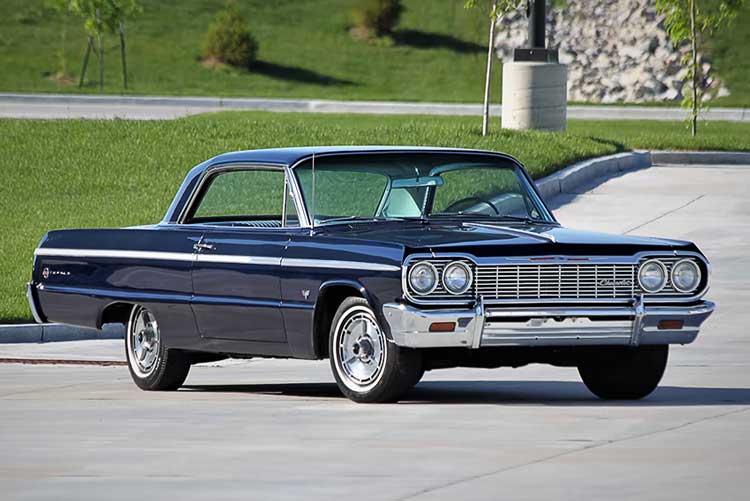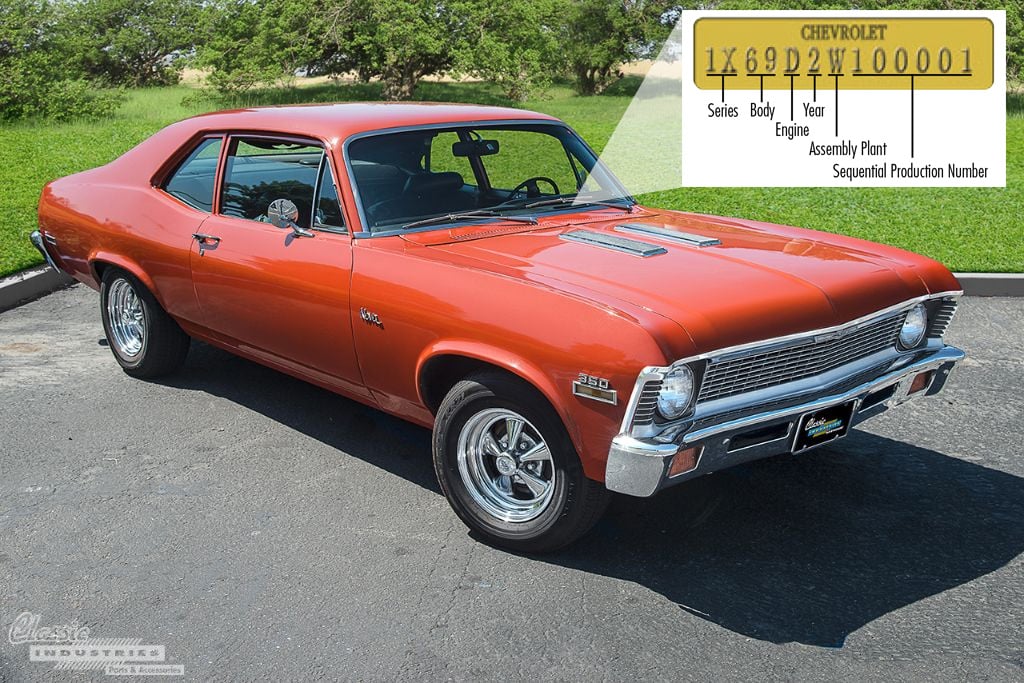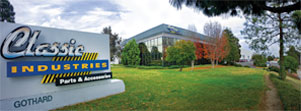The 1958-1964 Chevy Impala and its Delray, Biscayne, and Bel Air siblings are hugely popular platforms for restoration and modification. These versatile Full Size Chevy cars were available in a wide range of configurations, from sporty 2-door hardtops and convertibles to family-friendly 4-door sedans and station wagons. As a result, it's easy to get confused about which of these vehicle series was paired with a certain model, or to mix up terminology (e.g. sedan versus hardtop). The Classic Industries R&D team has done a substantial amount of research into these details, so today we're going to share some of it with you. Read on to learn about 1958-64 Impala models and body styles.



